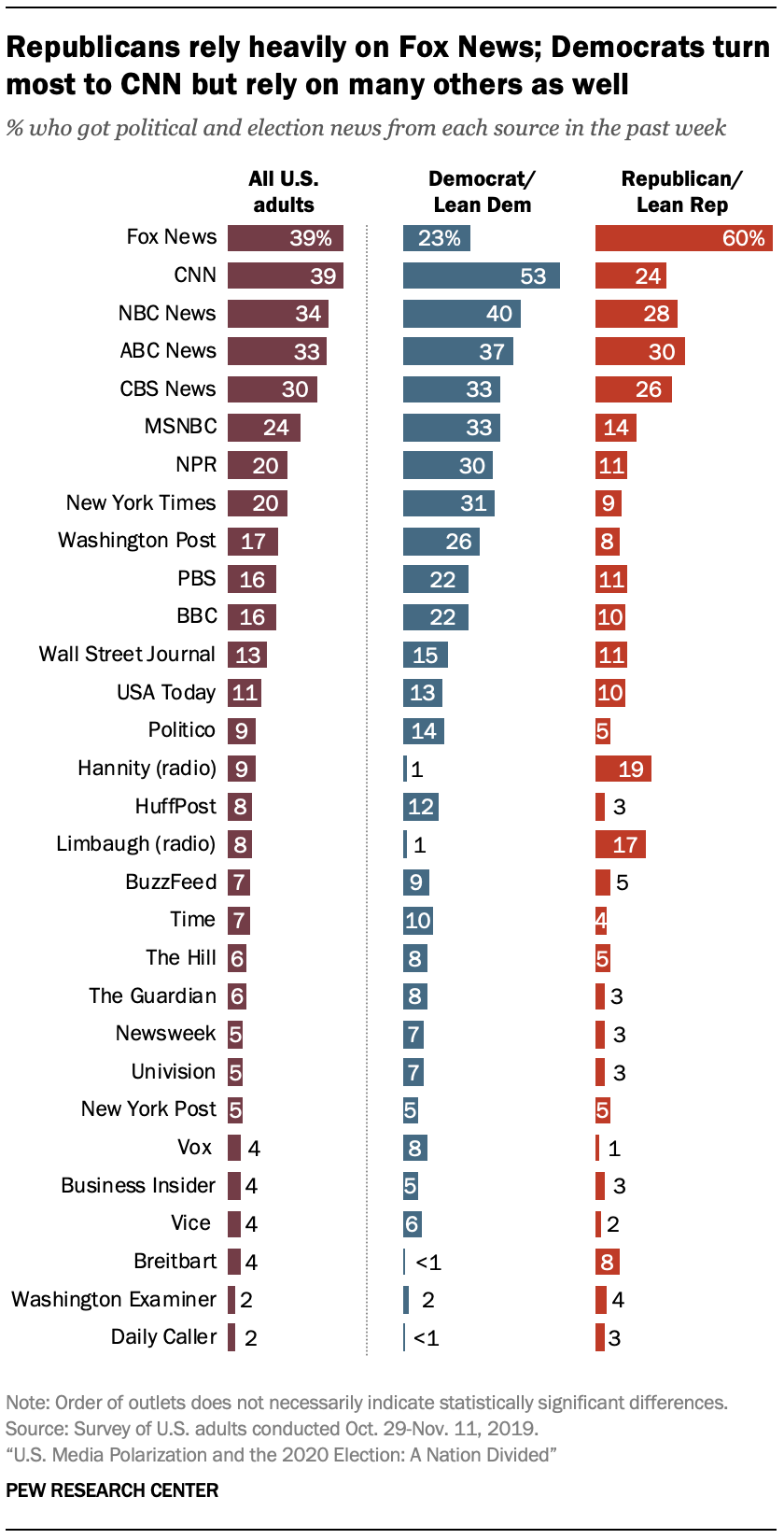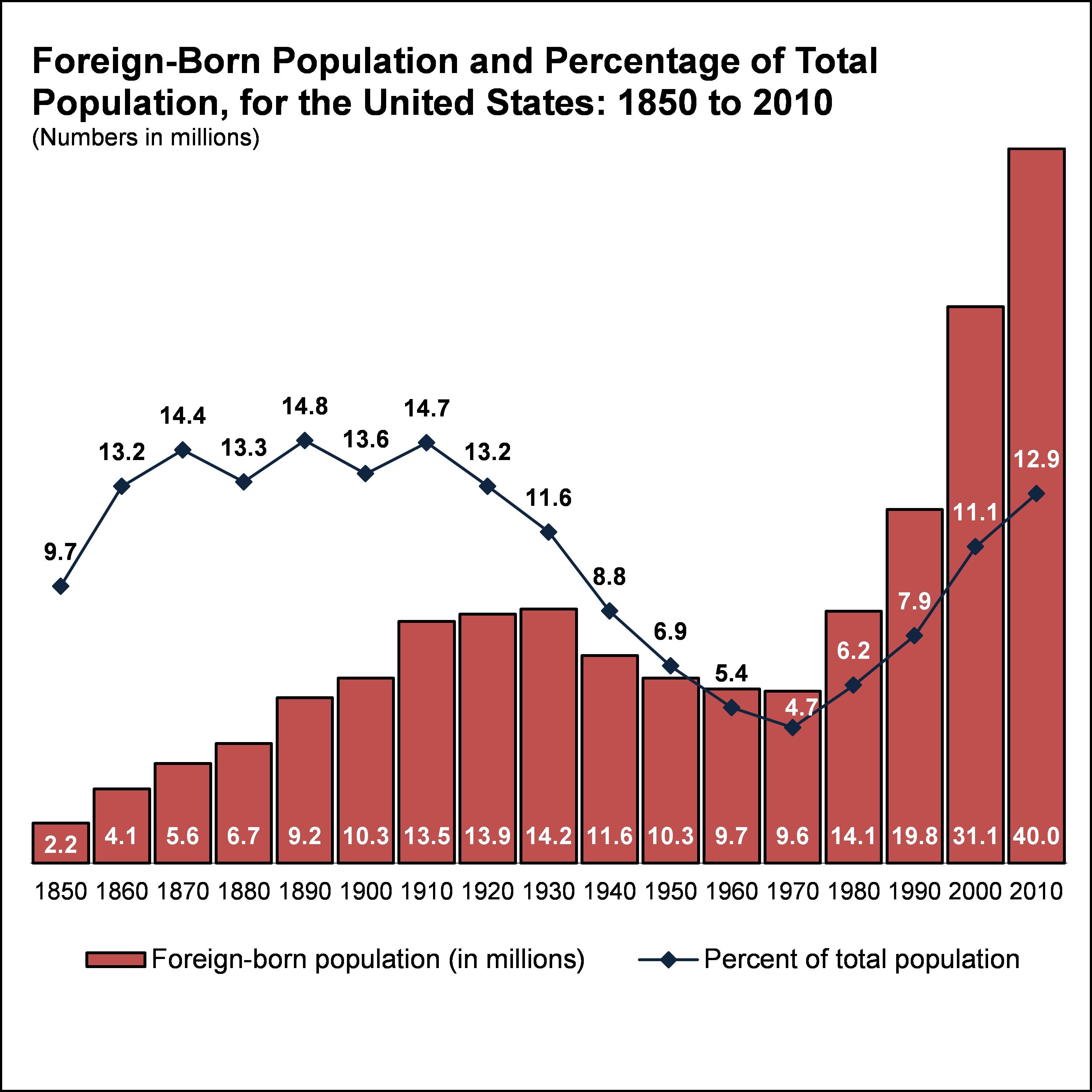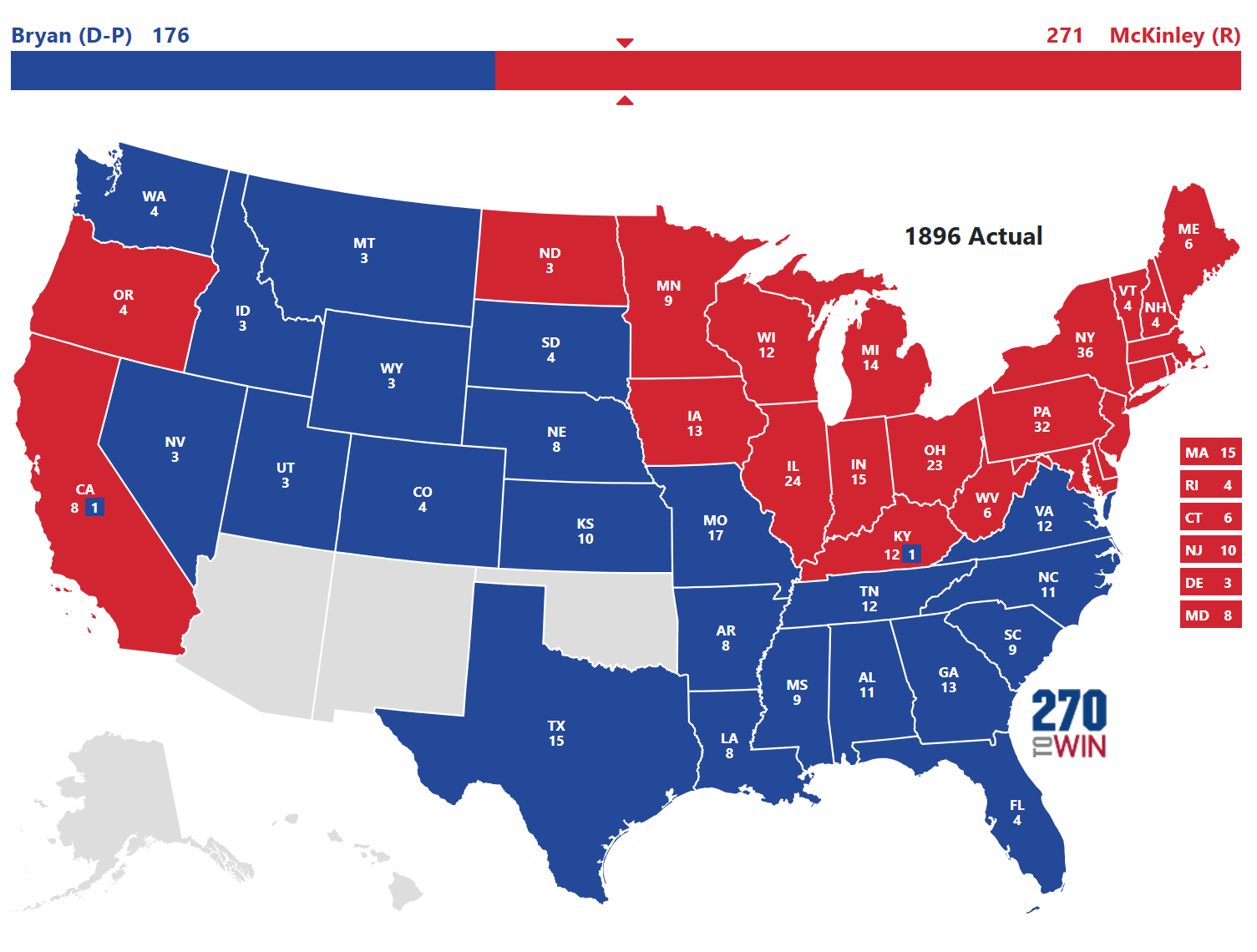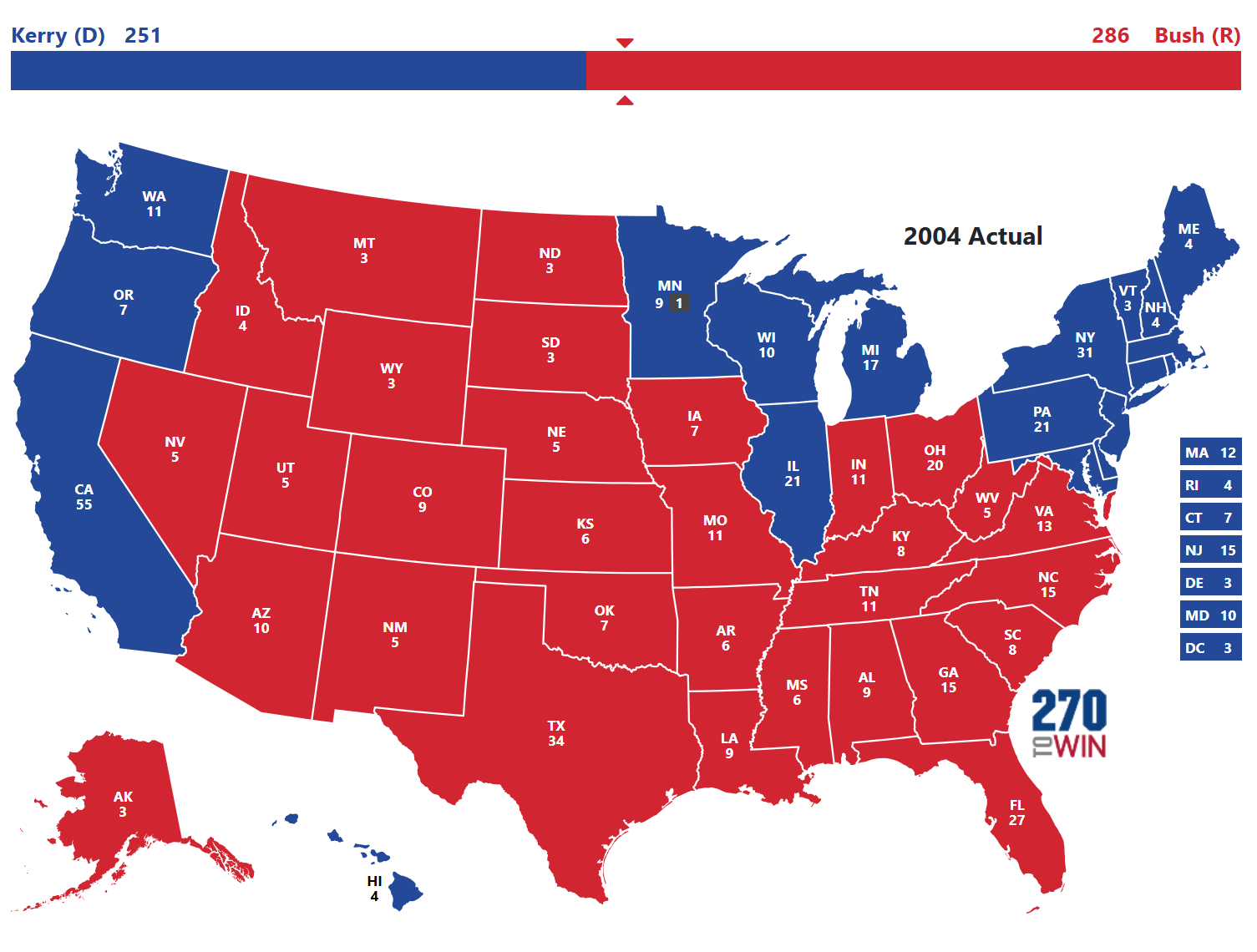National Committees
Hill Committees
DSCC and NRSC
=========================================
PRELUDE: WILLKIE AND ROOSEVELT. Four years earlier, FDR -- on tape!! -- talked about publicizing Willkie's extramarital activities.
=========================================
PRELUDE: WILLKIE AND ROOSEVELT. Four years earlier, FDR -- on tape!! -- talked about publicizing Willkie's extramarital activities.
`
American Political Science Association, "Toward a More Responsible Two-party System. A Report of the Committee on Political Parties" (supplement to American Political Science Review 44, 3 (September, 1950)), http://www.uvm.edu/~dguber/POLS125/articles/apsa.pdf.
1948

- The Rowe Memo and the Politics of 1948
- THIRD PARTY: 1948 Dixiecrats
- FOURTH PARTY: Progressives (Henry Wallace had Soviet ties)
- Truman and the Fair Deal -- ironically, the next big champion of national health insurance would be ... Richard Milhous Nixon!

1952
"No development proved more galvanizing to the emergence of that activism than Adlai Stevenson's first campaign for president" (Rosenfeld 28). Start around 11:00;
- Democrats nominate segregationist John Sparkman as VP Candidate in 1952
- Southern Manifesto of 1956
- We decry the Supreme Court's encroachment on the rights reserved to the States and to the people, contrary to established law, and to the Constitution. We commend the motives of those States which have declared the intention to resist forced integration by any lawful means
- Signers: 99 Democrats and 2 Republicans (Poff and Broyhill of Virginia)
- LBJ did NOT sign, but up to this point, he had been cool to civil rights.
Partisanship and Bipartisanship



